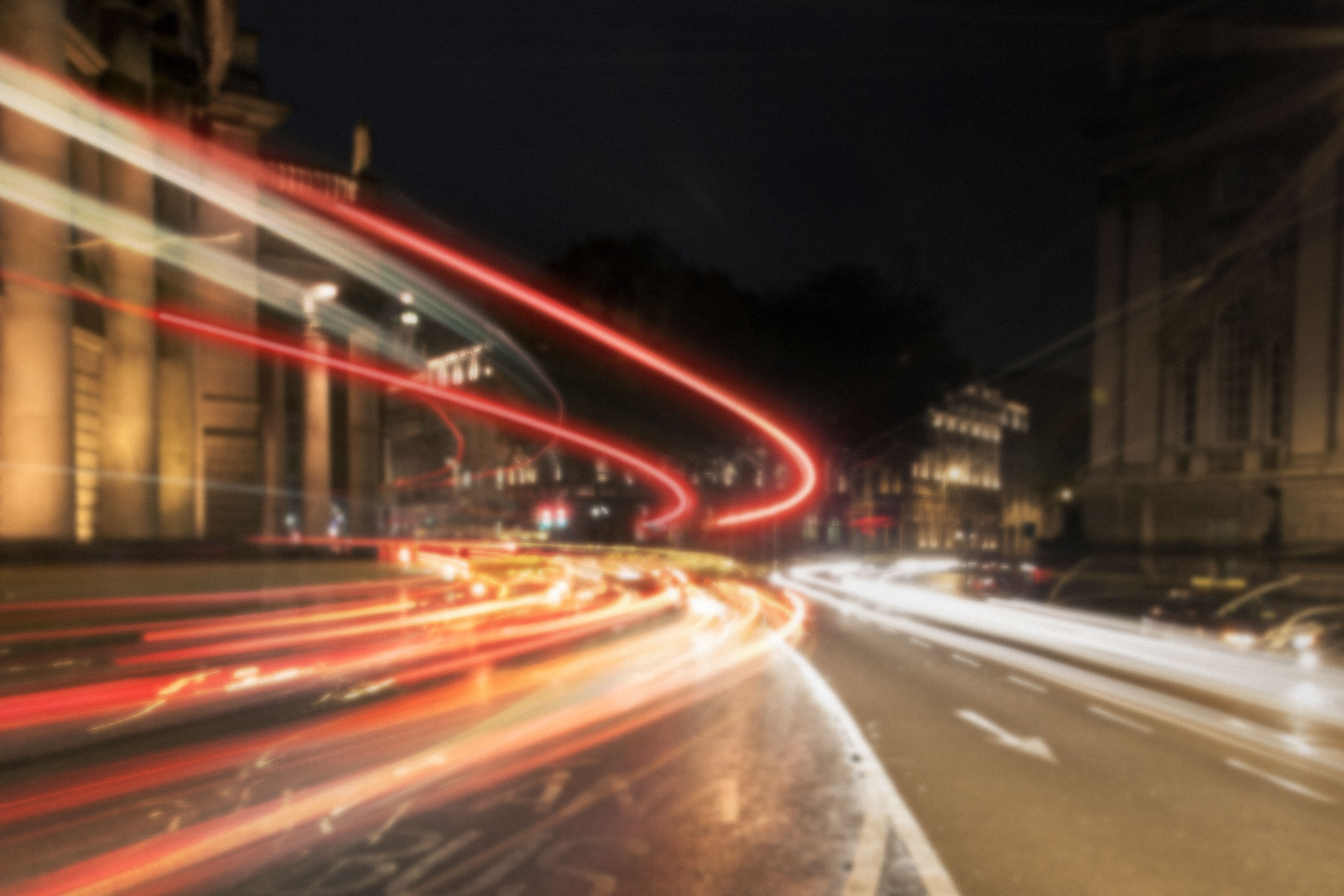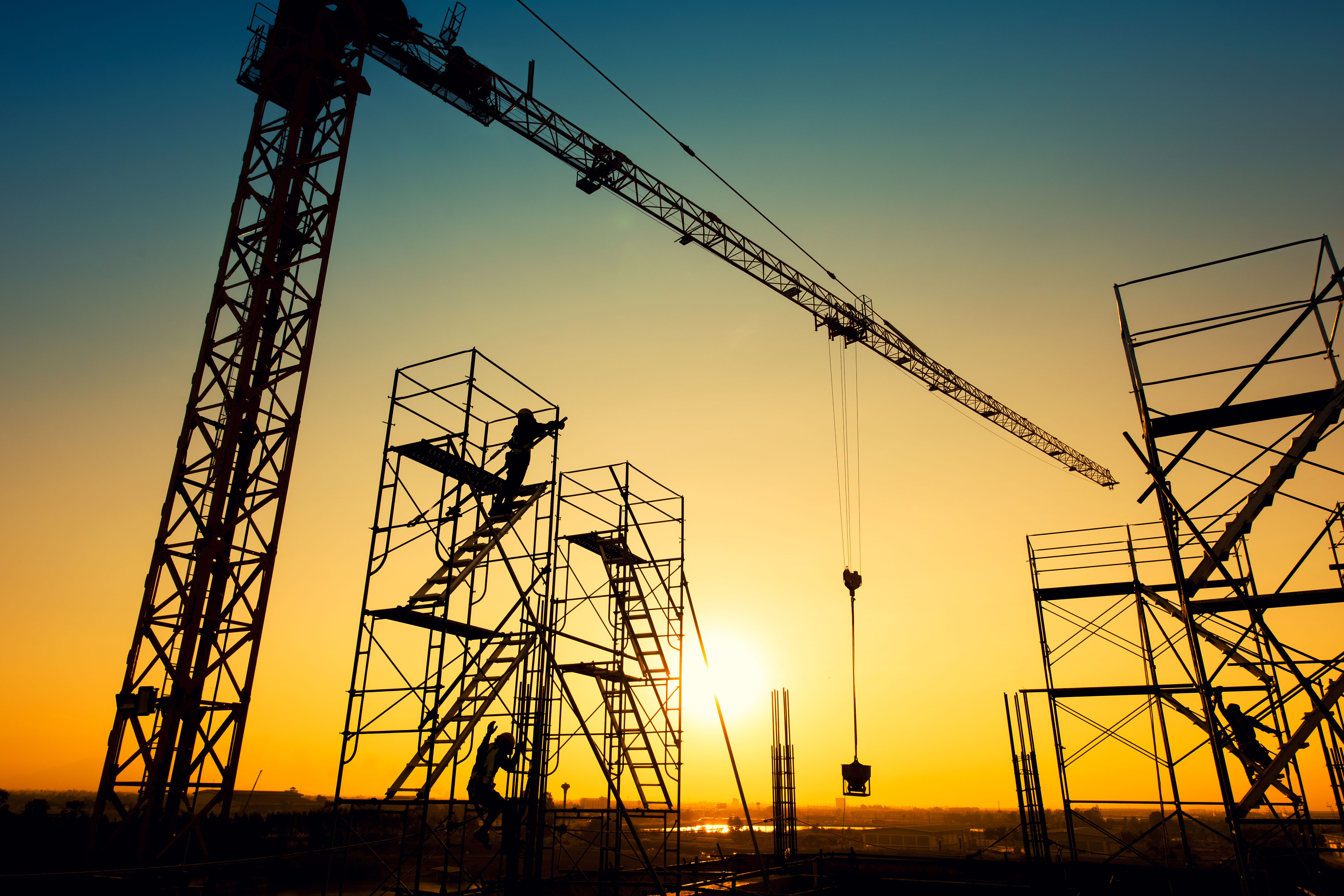EY refers to the global organization, and may refer to one or more, of the member firms of Ernst & Young Global Limited, each of which is a separate legal entity. Ernst & Young Global Limited, a UK company limited by guarantee, does not provide services to clients.

A safe, sustainable and reliable public transport system will be key to delivering on the objectives of the National Development Plan 2021-2030: Compact Growth, Sustainable Mobility and Transition to a Low-Carbon and Climate Resilient Society. In this article we discuss potential decarbonisation solutions for the public transport system.
In brief
- In Ireland, buses are the most used mode of public transport, followed by trains and then close behind, light rail.
- The transition to zero-carbon for bus and train fleets will likely require a two-pronged approach: electric buses/ trains; and hydrogen buses/ trains, and potentially hybrid versions of both.
- How can Government ensure that the energy required to power the public transport fleets is sourced from renewable electricity sources?
- Greening the public transport fleet in of itself will not fully address Transport’s GHG emissions, however, it will combined with other measures such as increased sustainable mobility journeys make a considerable dent in the overall target reduction by 2030.
Asafe, sustainable and reliable public transport system will be key to delivering on the objectives of the National Development Plan 2021-2030: Compact Growth, Sustainable Mobility and Transition to a Low-Carbon and Climate Resilient Society. The Government’s Climate Action Plan 2021¹ (the “CAP”), identified transport and electricity as offering the greatest potential opportunities to pursue a more sustainable path with the least burden or cost to our society and economy. This plan includes the acceleration of uptake in EV cars and vans; the promotion of other carbon-neutral modes of travel, including active travel (cycling, etc.); but also the conversion of transport fleets to zero-carbon alternatives.
The CAP sets a high bar for both Government and industry as Ireland seeks to transition to a sustainable economy and society, but also identifies the importance of the Public Sector to “lead by example, inspiring the necessary climate action in wider society to reduce Ireland’s greenhouse gas (GHG) emissions by 51% by 2030”. In this regard, it is important that the relevant public sector entities operating in transport lead by example in converting their respective transport fleets to zero-carbon alternatives to show the way for others.
The transport strategies for the Greater Dublin Area and other urban areas around the country call for greater use and uptake of sustainable mobility (which includes public transport and active travel) with two principal associated benefits: reduced traffic congestion with less time spent by people travelling on their daily commutes and trips; and an overall net unit reduction in carbon emissions. If the latter benefit is to be fully achieved (and if Ireland is to meet its sustainability targets), it is essential that the public transport fleets’ activities are as close to carbon neutral as possible. This article outlines some of the steps required to transition the national public transport fleet to a greener and more carbon-neutral footing.
What’s the current status of the public transport fleet?
In terms of usage (measured by public transport funded trips in 2019²), buses are by far the most popular mode, followed by trains and then close behind, light rail as set out below.
|
Mode |
Public transport funded trips |
|---|---|
|
Buses |
196m (66.5%) |
|
Train |
50m (17.0%) |
|
Light rail (LUAS in Dublin) |
50m (17.0%) |
Buses make up the vast majority of public transport trips and addressing these emissions will have the greatest impact on climate action. Whilst the bus fleet primarily comprises modern buses, these are principally diesel powered which emit carbon (albeit the carbon emission per bus trip per person is substantially lower than that of a trip by car). Being cognisant of this, the Climate Action Plan identifies a target of 1,500 public transport EVs by 2030. The National Transport Authority (“NTA”) has already begun the transition of the fleet (and is currently procuring a framework for the supply of c. 800 zero-emission battery electric double buses) and is also currently piloting a scheme to test hydrogen buses (having purchased three hydrogen fuel cell electric double-decker buses in 2021).
Train trips represent a smaller volume of public transport funded trips in Ireland but it’s the nature of these trips (most trains are diesel-powered) which makes it vital that the carbon emissions for these to be reduced. The only (partially) electrified line in Ireland is the DART (though DART+ when implemented would effectively triple the number of electrified lines), which represents only a small proportion of the total carbon emissions generated by the train fleet.
The LUAS network may be expanded in coming years with add-on projects in planning in both Dublin and Cork. Furthermore, the MetroLink project if implemented would dramatically increase the number of passenger trips taken by light rail/ metro. LUAS (and metro) is already one step ahead of buses and trains in that the network is already 100% electrified but will also need to put in place market leading structures to ensure the sustainability of its operations.
Potential solutions
The transition to a zero-carbon alternative for the bus and train fleets will likely require a two-pronged approach: electric buses/ trains; and hydrogen buses/ trains (and potentially hybrid versions of both) which will be developed and rolled out in phases as technology advances and renewable options become more feasible from a cost perspective. It’s important at this point to consider where the electricity and/ or hydrogen which could power all (or part of) the bus fleet will come from, as powering buses using electricity (or carbon) generated by carbon-emitting (e.g. coal, gas, etc.) energy sources would be counterintuitive. Therefore, to be effective, the Government will need to ensure that the energy comes from renewable sources which in Ireland means the following, at this time:
- Electricity generated by onshore wind farms and solar PV farms;
- Green hydrogen (see below).
Green hydrogen
While the existing market for hydrogen is dominated by “grey” production, which uses fossil fuels resulting in carbon emissions, “green hydrogen” is produced through the electrolysis of water, using carbon-free electricity from solar or wind resources. Green hydrogen is one of the most likely viable emissions free option to power the public transport fleet where green hydrogen could be used to fuel both buses and trains. Whilst the technology is relatively nascent, it is rapidly developing. As technology advances and costs come down, green hydrogen has the potential to play a much larger role in reaching the global goal of a sustainable, green society. However, without government incentives, it could take at least until 2030 before green hydrogen becomes economically competitive with other hydrogen production methods (depending on the maturity level of the application). Creating demand at scale for green hydrogen is key to its development, and initiative involving the use of green hydrogen in Ireland could accelerate its role out on a wider scale in Ireland. The Climate Action Plan 2021 recognises “a potentially significant role” for green hydrogen, identifying it as a further measure for decarbonisation.
But how can Government ensure that the energy required to power the public transport fleets is sourced from renewable electricity sources?
For transport modes powered by electricity, the current answer is renewable electricity corporate power purchase agreements or “Corporate PPAs”. Corporate PPAs are contracts between a corporate (or public sector) off-taker who agrees to purchase renewable electricity from a renewable energy developer who typically generates the electricity from a specific renewable electricity project. Corporate PPAs have been in existence for almost 20 years but have grown rapidly in popularity over the last 10 years as corporates seek to reduce (or neutralise) the environmental impact of their operations. In essence, Corporate PPAs link the renewable electricity produced usually at a wind or solar farm with that consumed by an end user, providing renewable energy certificates (known as “Guarantees of Origin” in Ireland and Europe) for the corporate (or public sector entity) for sustainability reporting purposes. EY has been advising on the development of renewable energy strategies and the procurement of Corporate PPAs for over 10 years now and fully appreciates how effective these can be in helping corporates/ entities in meaningfully and additionally meet their sustainability responsibilities.
Green hydrogen generation in Ireland, given the processes required to produce it which rely on using electricity to convert water to hydrogen, typically consist of the bundling of onsite renewable electricity generation with the hydrogen production process. The bundling of future renewable electricity and hydrogen generation projects is common, and plans are afoot in Ireland; however, it may not always be practical or efficient. For example, it could be more cost effective to generate renewable electricity offsite at a wind farm or solar farm and then transfer this (through the grid) to the hydrogen generating facility in the town or port. Currently in Ireland, this is challenging from regulatory perspective; however, this may be an option going forward.
Moving forward
Trains: Whilst projects such as DART+ will certainly grow the share of electricity in the total energy demand of the train fleet, unless the wider train network can be transitioned to a more carbon-neutral footing, it will continue to negatively impact on our environment. Electrifying train lines is expensive, especially in a country with a relatively sparse population. The use of hydrogen-powered trains (electric engine that runs on a hydrogen fuel-cell, also sometimes energy captured from braking) may present the most feasible way to de-carbonise railway lines (especially those of the secondary network that are not electrified) and needs to be considered. Such trains are already in development and based on the make-up of Ireland’s rail network, may be the answer to greening the train fleet.
Light-rail (LUAS) and Metro: Tackling the carbon-emissions of the electrified LUAS light-rail (and the potential MetroLink) projects while not without its complications, will certainly be more straightforward than rail and bus. The main challenge for Government is in ensuring that the operators of these projects source the electricity from verifiable renewable sources. As we have discussed, Corporate PPAs are effective at doing this.
Buses: If Ireland is to successfully green its public transport fleet, the emissions generated by buses will need be tackled head on. Clearly the first steps which the NTA have taken (fleet electrification project, hydrogen buses, etc.) are very encouraging, but continued government support for fleet electrification is required if CAP targets are to be achieved.
As it stands, Ireland’s transport fleets are largely carbon emitting. If Ireland is to achieve its ambitious climate action targets, rapid action is required to implement electrification and facilitate the use of green hydrogen to power the fleets (both public and private). Doing this alone would not be enough as Ireland needs to ensure that the energy that power these fleets going further is sourced from as low carbon-generating sources as possible. Corporate PPAs are an effective and efficient structure to do this and will be key to assisting in the delivery of a green public transport fleet.
A final thought - greening the public transport fleet in of itself will not fully address Transport’s GHG emissions (which account for almost 20% of Ireland’s total according to CAP); however, it will - combined with other measures such as increased sustainable mobility journeys (500,000 p.a. targeted by 2030) - make a considerable dent (c. 1.8 Mt³ reduction p.a. – figure based on CAP) in the overall target reduction by 2030 (6-7 Mt p.a. – figure based on CAP). Government has called out the importance of the public sector leading by example and if it can green the public transport fleet it will clearly be doing this.
Summary
Greening Ireland’s public transport fleet will be key to delivering on a number of the National Development Plan’s objectives and the Government’s Climate Action Plan 2021.
Related articles
Security of supply in powering Ireland’s infrastructure ambitions
EY Ireland hosted a virtual round table discussion with experts from across several commercial and non-commercial state bodies, and major national infrastructure providers, to explore security of supply in supporting and facilitating Ireland’s infrastructure ambitions.




